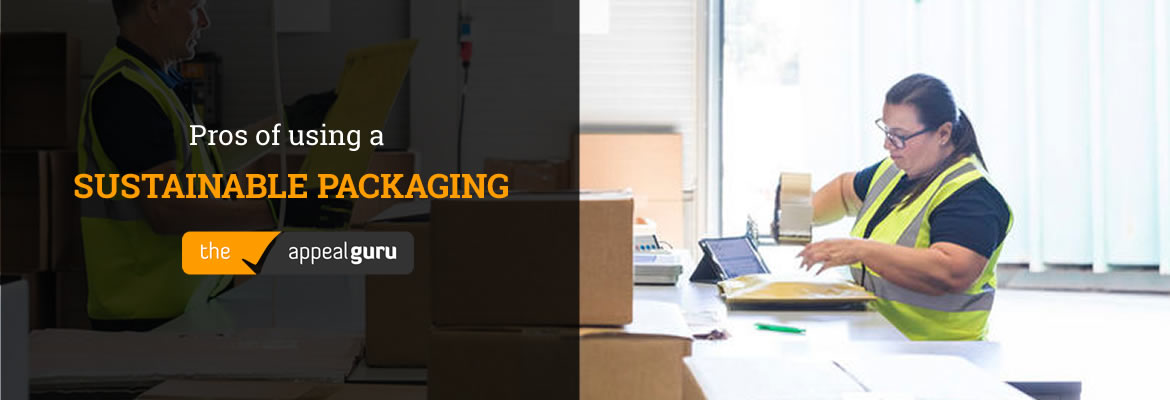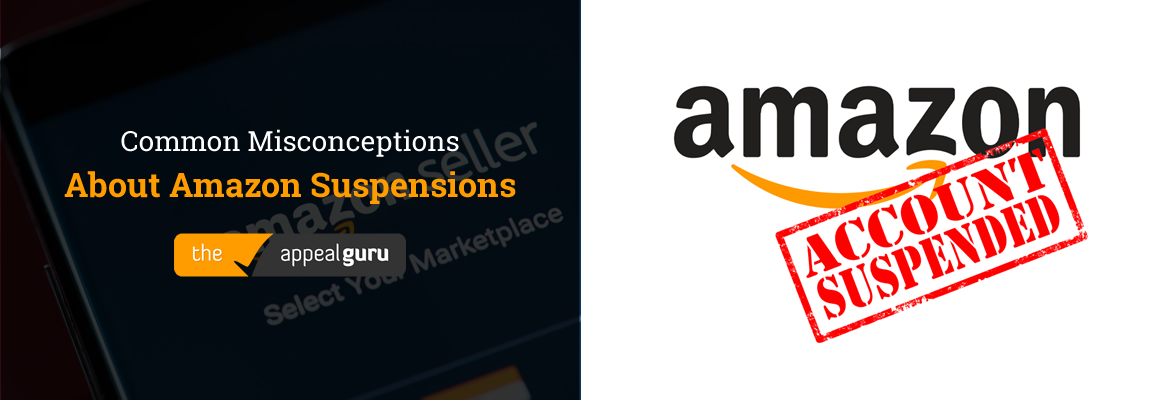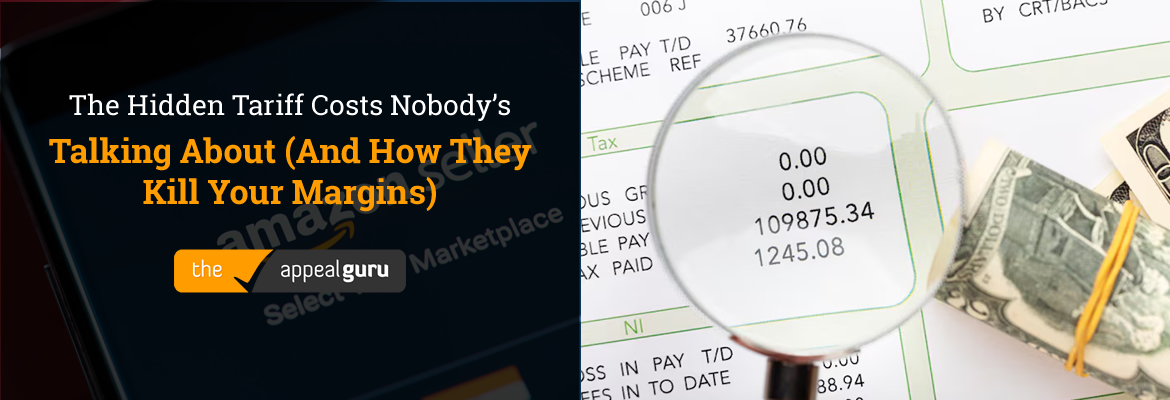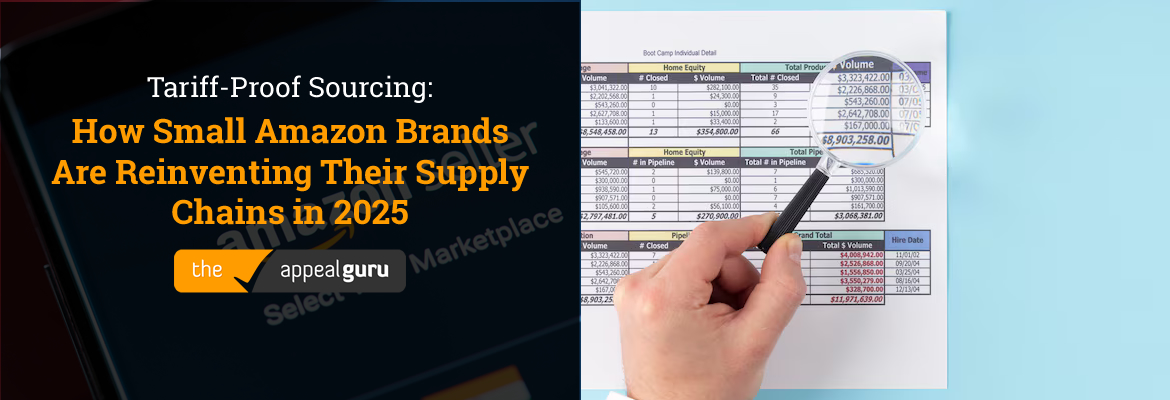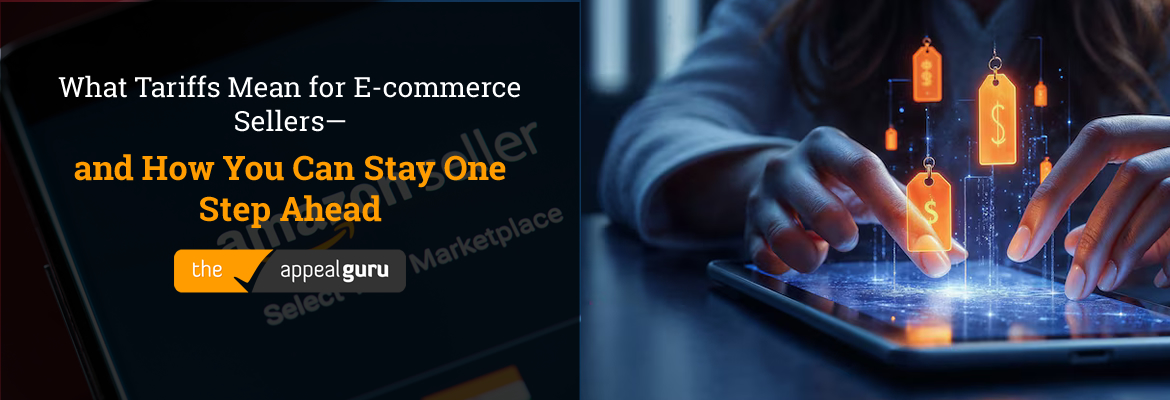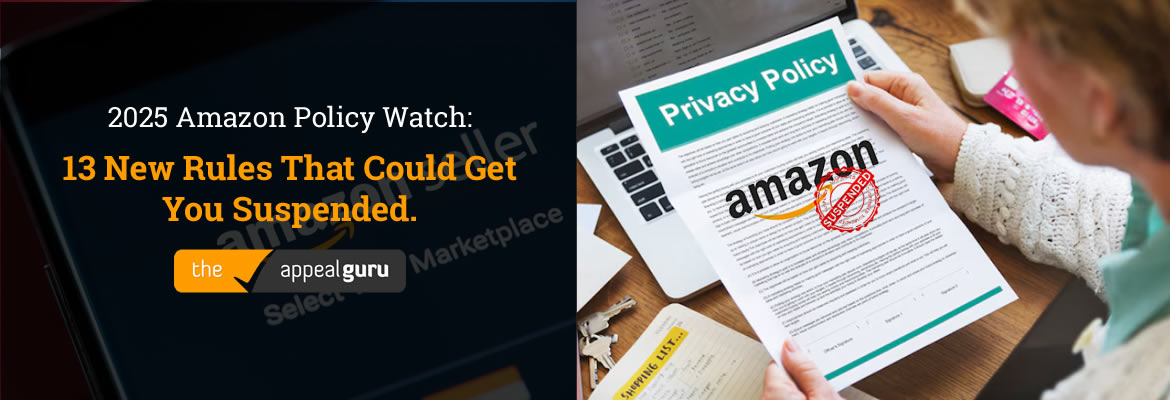In 2010 alone, the entire world was estimated to have produced 270 million tons of plastics.
While it would seem that 270 million tons of plastic seem like a non-impactful number, National Geographic estimates that 91% of plastic isn’t being recycled. That means that hundreds of millions of tons of plastic will likely end up in landfills or pollute our cities and oceans.
What makes it more dangerous is that plastic takes over 400 years to degrade, meaning that plastics we as humans have produced in the last 100 years will outlive us by hundreds of years.
That is unless we do something about it.
Companies have begun various methods of going green and sustainable. Amazon is one such company that has outlined Amazon packaging guidelines to its sellers to achieve completely sustainable packaging in the near future.
Why is sustainable packaging important?
Packaging for products has been around since we have begun selling products for our consumption. But a problem is generated when we consider that product packaging is mostly plastic.
Online shopping has been ramping up in growth, especially with the recent Pandemic, so shipping and packaging material production has also gone up.
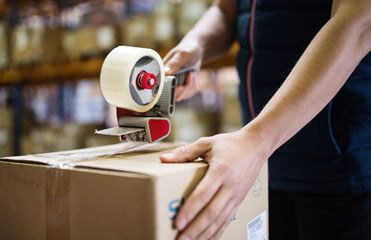
The European Union has conducted a study and estimates that each EU inhabitant generates around 174kg of packaging waste in 2018 alone. In their research, they highlighted how packaging waste has been growing steadily from 2010 onwards.
The study also points out how packaging waste recycling is considerably lower than what is generated.
Suppose companies cannot reduce packaging waste and still follow the steady growth of generating packaging waste. In that case, the world looks at a future where waste and pollution are severe problems.
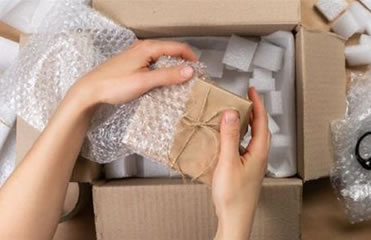
What is sustainable packaging?
In a more straightforward sense, sustainable packaging is materials used to ship or contain products that can be reused by the end-user or are environmentally friendly.
Being environmentally friendly will mean biodegradable materials and the development of manufacturing methods that have minimal environmental impact and footprint.
Examples of sustainable packaging include, but are not limited to:
- Plant-based biomaterials – Materials can be generated from Polylactic acid or PLA. While PLA can be derived from plant starch, corn, and sugarcane, it is mainly harvested from agricultural waste.
- Starch-based biomaterials – packaging that is derived from cornstarch and versatile in application.
- Recycled cardboard and paper – Seeing as humans still generate massive amounts of paper waste, recycled cardboard and paper still have a purpose in redirecting paper meant for landfills into something useful once again.
- Organic fabrics – Hemp, flax, palm, and banana leaves are typical organic fabrics sources and biodegradable in about 100 days, which is exponentially better than plastic’s 400 years.
- Refurbished products – Plastic, Styrofoam, and polystyrene are our current problems in packaging today. However, we can still lessen their impact on the environment by keeping them purposeful and in circulation for longer.
The switch to sustainable packaging may also be seamless nowadays, as reports estimate the market for biodegradable packaging will grow to $120 billion in 2024.
Likewise, consumers are also more likely to refer to companies using sustainable packaging as surveys suggest that 30.8% of consumers prefer biodegradable packaging.
Pros of sustainable packaging
Sustainable packaging means reducing carbon footprints
As mentioned earlier, packaging materials aren’t the sole generator of pollution. The manufacture of regular packaging entails a slew of stages such as extraction of raw materials, production, transportation, and more.
Every stage, involved in the production of packaging, generates carbon that ends up in the environment and entails environmental problems such as climate change.
Switching to sustainable methods to produce sustainable packaging will lessen the overall carbon footprint that will typically be generated from standard practices.
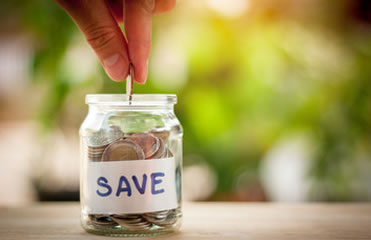
Sustainable packaging shows corporate responsibility
Moving to sustainable packaging not only benefits the environment but also sends a strong brand message to customers.
Every day, more and more customers are becoming increasingly aware of waste and pollution’s environmental and climate effects.
Using sustainable packaging will draw customers towards your branding without drastically affecting the status quo of your customers.
Not only that, the move to sustainable packaging sets your company apart as a company that cares for the world.
Retailers are starting to expect sustainability from sellers
Retailers such as Amazon have begun their switch to sustainable packaging in recent years. In fact, Amazon in 2019 expected its sellers to follow suit in its march to sustainability by implementing fines for sellers that use excessive packaging.
Eco-friendly packaging can be friendly to customer health
Standard production of traditional packaging typically involves the use of synthetic materials and chemicals such as petroleum. Unfortunately, these materials can pose health risks not only to the manufacturers but also to the consumers.
The switch to the sustainable production of sustainable packaging uses allergen-free materials.
It means that it is advantageous to the company employees and the customers. It also curtails the concerns of customers and draws them towards your brand.
Again, a strong brand message shows that the company is concerned with both the environment and its customers. The move also incentivizes customers by promoting the company and its products as an avenue for a greener lifestyle.
Sustainable packaging optimizes packaging and saves money
One key trait of sustainable packaging is the effort to maximize packing space and dimensions. The purpose is to minimize packaging inefficiencies that contribute to unneeded waste that costs the company money and damages the environment.
A perfect example is IKEA, where they adjusted the size of one of its product’s packaging size by 50% and saved €1.2 million annually because of it. Moreover, the packaging optimization caused a ripple in its supply chain that decreased costs.
Conclusion
The time is right to follow packaging sustainability trends for the benefit of a company and the world at large for the future.
While it is understandable that the move to sustainable packaging cannot be made immediately, there is a substantial benefit not only to the brand and the company but for the consumers as well.
Sustainable packaging is only a step forward for a cleaner environment but nonetheless a step forward in the right direction.
